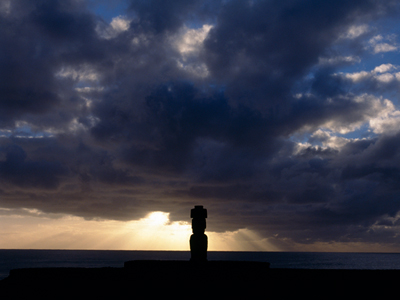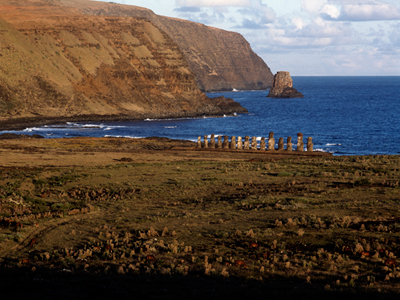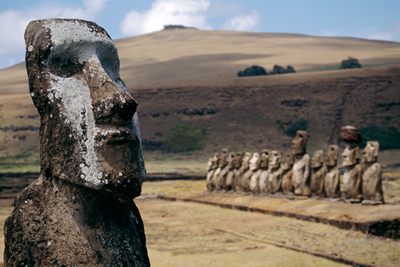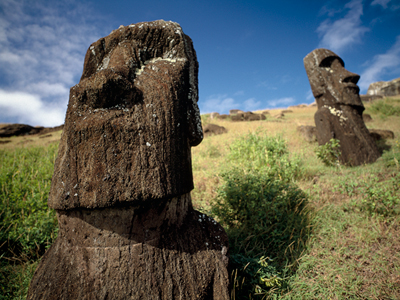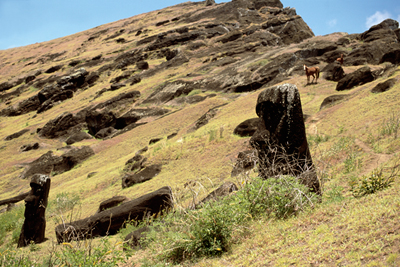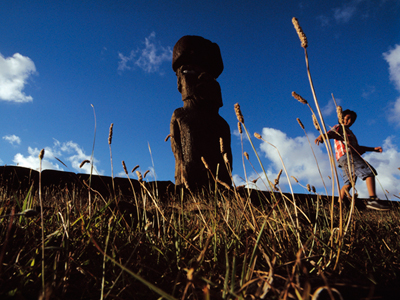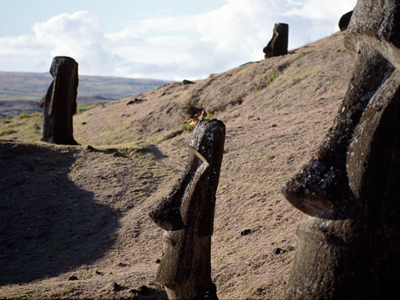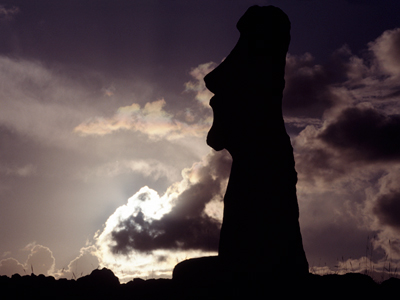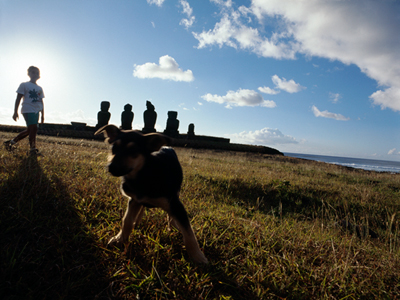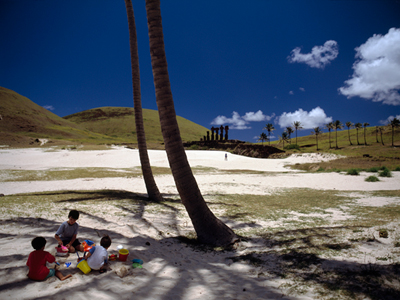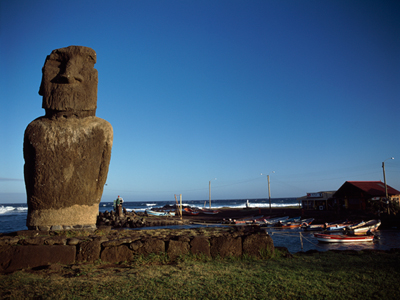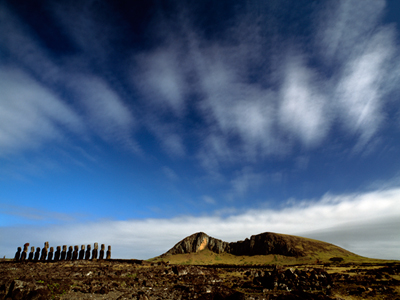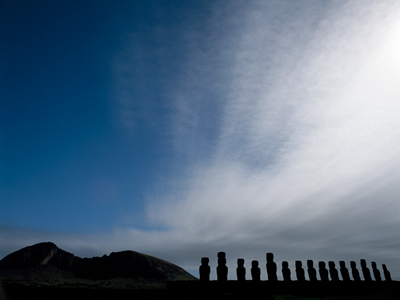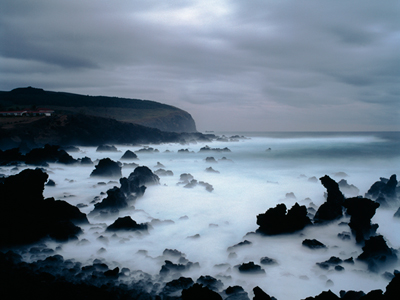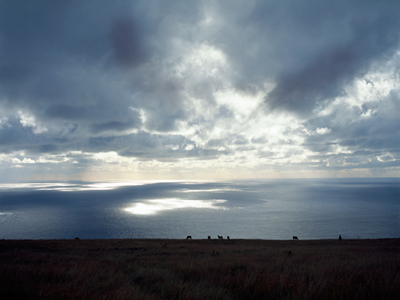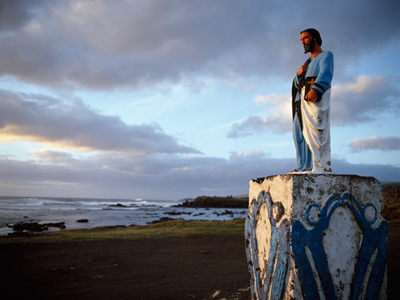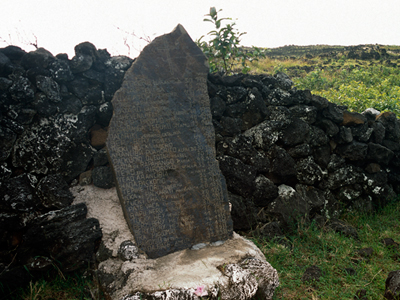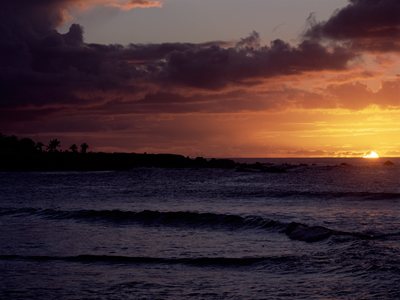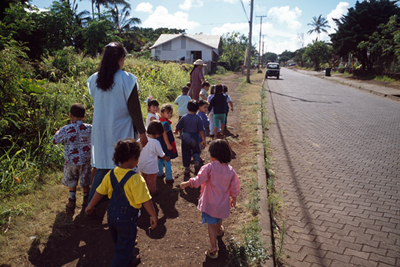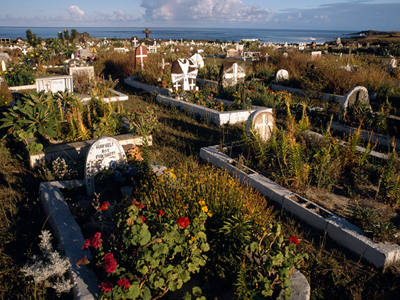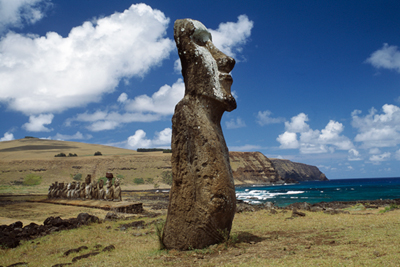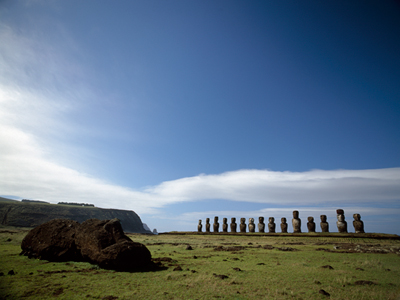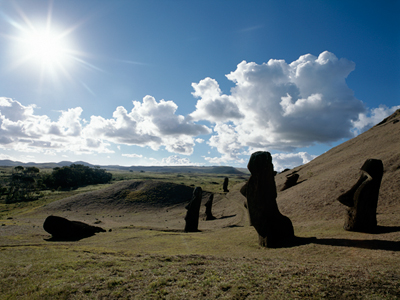Rapa Nui, also known as Easter Island, is one of the most mysterious and isolated places on the planet. Ever since a Dutch expedition led by Admiral Jacob Roggeveen landed on the island on Easter day 1722, the island has fueled some of the greatest mysteries known to history.
Central to these mysteries are the 887 iconic stone statues located throughout the island called Moai. The production and transportation of the 887 Moai are considered remarkable creative and physical feats. The statues were created using crude tools from the obsidian rock inside Rano Raraku, the largest volcano on the island. Many of the statues were then relocated without work animals to various points closer to the coast.
Although the moai were created using the living faces of deified ancestors, the exact reason the islanders endeavored to create these giants on a massive scale along with the methods the islanders used to transport them still eludes understanding.
Throughout the years the people who inhabit the island, the Rapanui, have endured famines, epidemics of disease and cannibalism, civil war, slave raids, and colonial contact. Their population and their language have come close to extinction on more than one occasion. The enduring mysteries and cultural legacy has brought the island notoriety out of proportion to the number of its inhabitants.
These photos were taken in 2003 during my two trips to the island.
